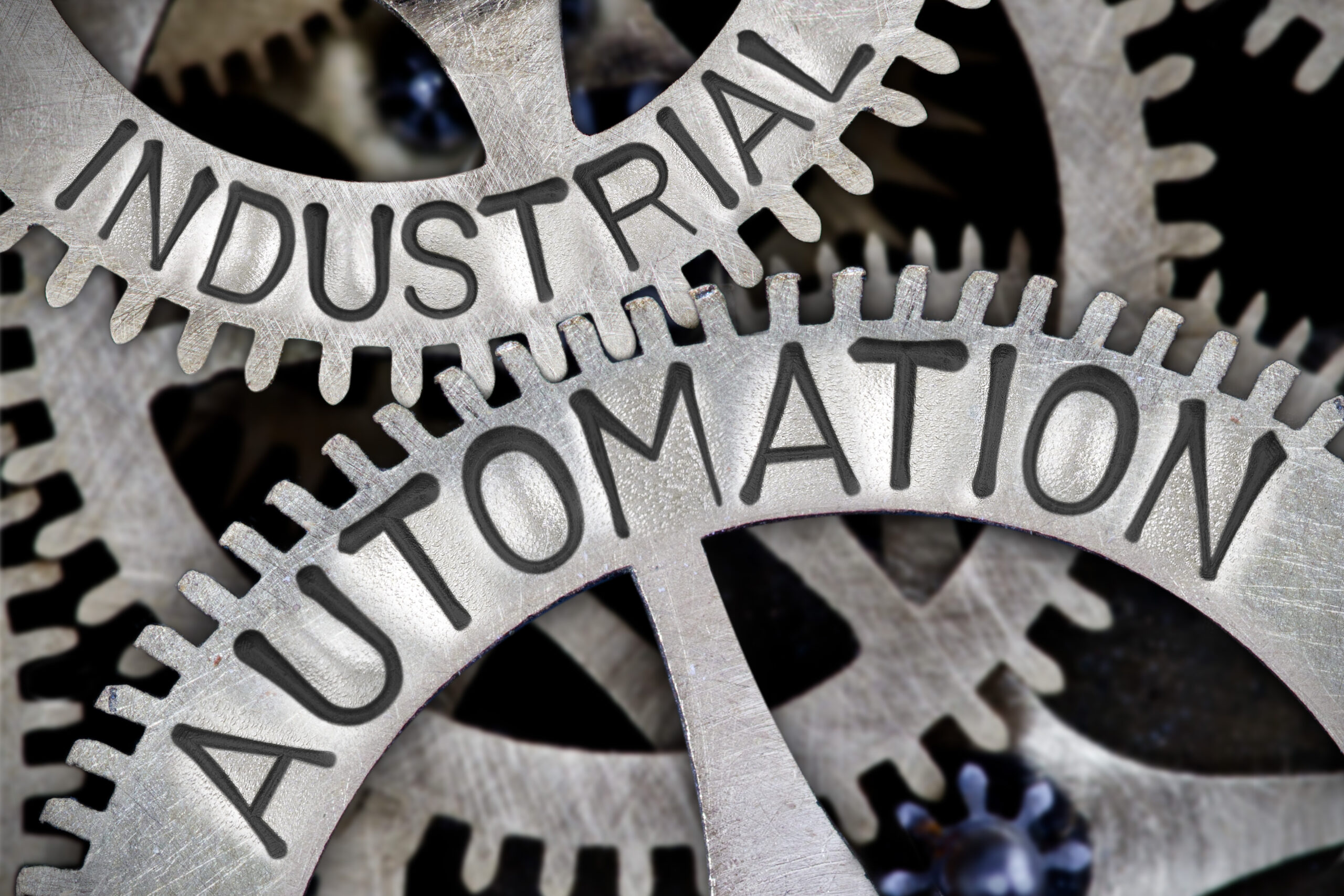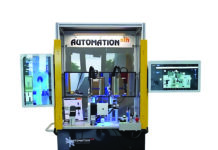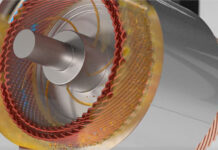
The industrial automation industry needs continuous modification and maintenance to keep up with industry trends and customer demands. At a projected growth rate of 9% per year, the global industrial automation market is expected to reach roughly $265 billion by next year. Additionally, the global market for the industrial Internet of Things (IIoT) is forecasted to grow to $3.3 trillion by 2030, up from $544 billion in 2022.
However, for optimal success, automation companies rely on an accurate, complete single source of truth to facilitate a coordinated and efficient manufacturing process. Achieving this is easier said than done; there are multiple challenges along the way. A configuration technology approach can help address these challenges to increase engineering productivity, eliminate manual rework, and deliver a better customer experience.
Four Challenges Hindering Successful Automation
One of the main challenges for industrial automation is siloed systems. To optimize processes, increase efficiency, and realize digital transformation goals, alignment across functions is essential. However, many organizations today face difficulties due to silos, which make this alignment impossible. Ensuring that systems can communicate efficiently and doing so in an automated fashion is key. Manual efforts are not efficient and can introduce errors. Integrating the various systems so they can communicate is a crucial step.
A second challenge is the lack of data alignment, which stems from the problem of silos. Over the years, manufacturers have built up their data sets for engineering, sales, manufacturing, and service in different functions. Sometimes, language and descriptors cause a problem: Even a simple concept such as “voltage” can be modeled differently across departments (e.g., how is it expressed that there is an option where the equipment accepts both 240V and 400V?).
Descriptors and information tend to be structured differently from department to department, largely because each has a different perspective on the products. Engineers view a product differently than sales, for example. Sales is more focused on customer requirements and performance, which differs from the assembly and physical structure needed in engineering.
Similarly, the third challenge is a disconnect between manufacturing and engineering. Different tools and systems with different bills of material (BOMs) and functions are being used, making the idea of a universal BOM structure that could be used in all functions impractical. There isn’t one single structure that will meet all needs, so that approach is flawed.
Finally, industrial automation companies often struggle with significant technical debt, primarily caused by numerous legacy systems originating from home-grown solutions or acquisitions. These diverse technology ecosystems contribute to poor performance, constant rework, and frequent downtime.
A Better Approach to Aligning Data
The right approach to bringing these different functions together is to respect that certain structures work well in specific functions. Thus, a new structure should be created behind the existing ones to connect these functions effectively.
This is the thinking behind a configuration technology approach: you need another level of abstraction. It’s a structure where different views can coexist while still being linked. The terminology is features and feature strings. These feature strings act as the DNA that binds everything together. You can view your structure from an engineering perspective, with the associated DNA mapping to what’s happening in sales. Sales make choices on what configuration of the product is needed for a particular purpose, which maps to the DNA and to the structure in engineering. This is the key idea behind configuration technology and the “secret sauce” that ensures different views can coexist.
Efficient digitized processes are also important. When you have an update to your product, you can efficiently propagate it through the functions to ensure the updates are applied. If a mistake is discovered in a version of the product, you can fix it and quickly release the correction to all other functions to prevent recurring issues. Or, if you add a new feature to your product and want to get it to market quickly, digitized processes will enable that.
Bringing It All Together
Ultimately, you can create a shared source of product configuration that traverses engineering, manufacturing, and sales. By aligning data across departments and systems, industrial automation companies can reduce or eliminate configuration errors in the products they manufacture, get to market faster, and achieve greater customer satisfaction. Industrial automation companies that have adopted a configuration technology approach have eliminated manual rework, increased engineering productivity, and delivered better customer experiences.
By Henrik Reif Andersen, Chief Strategy Officer and Co-founder of Configit


















